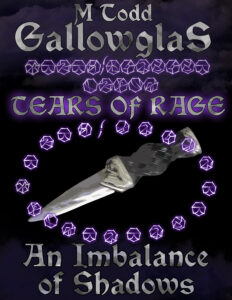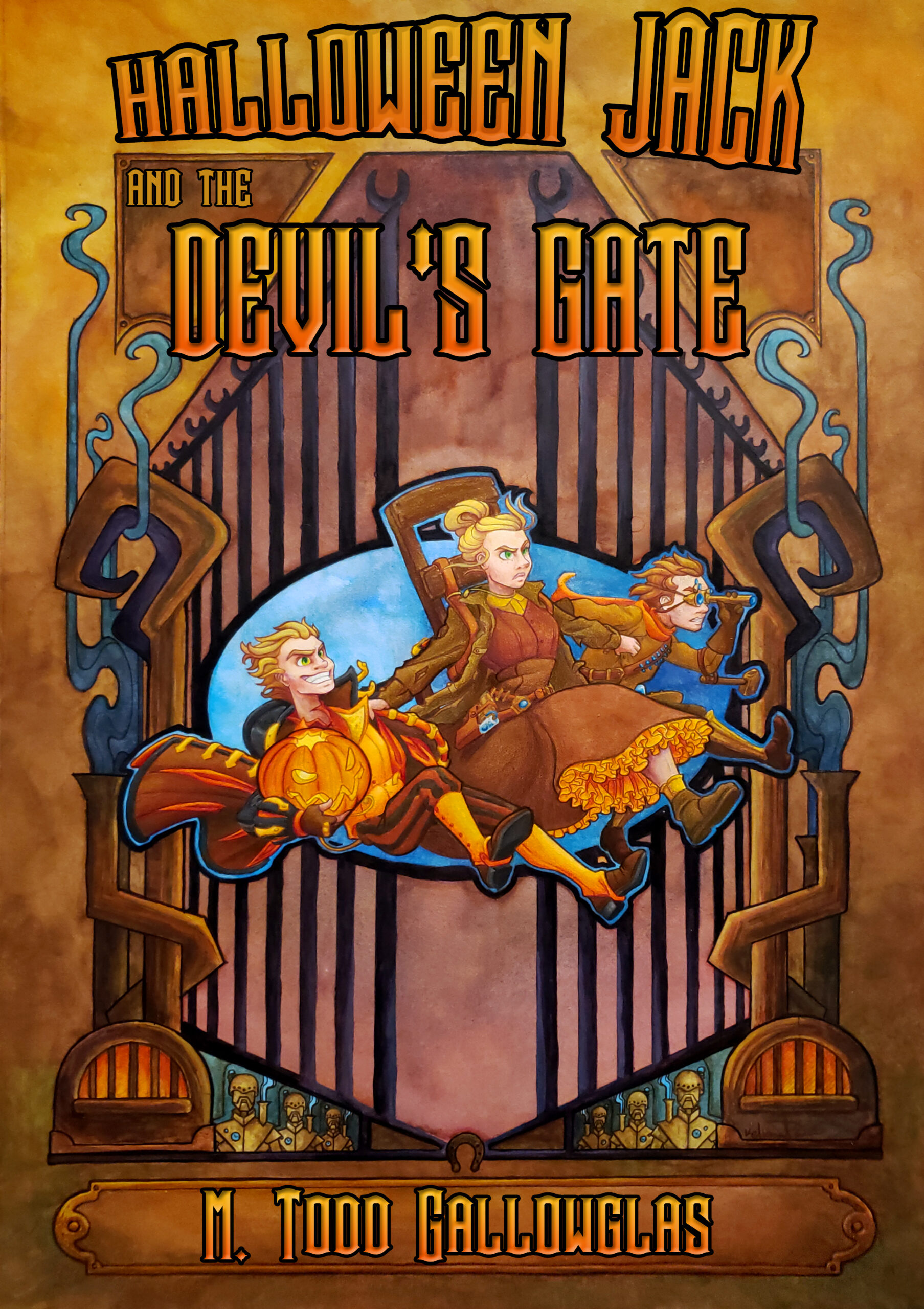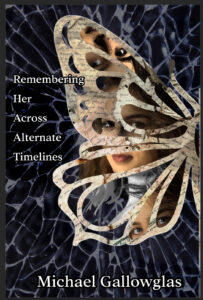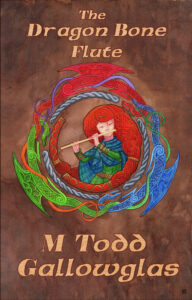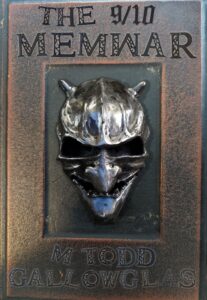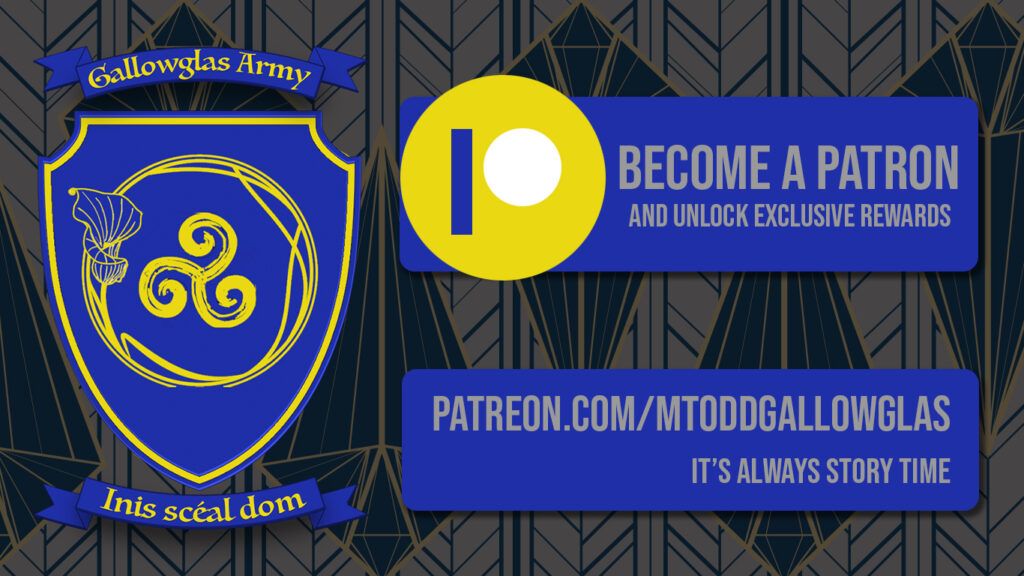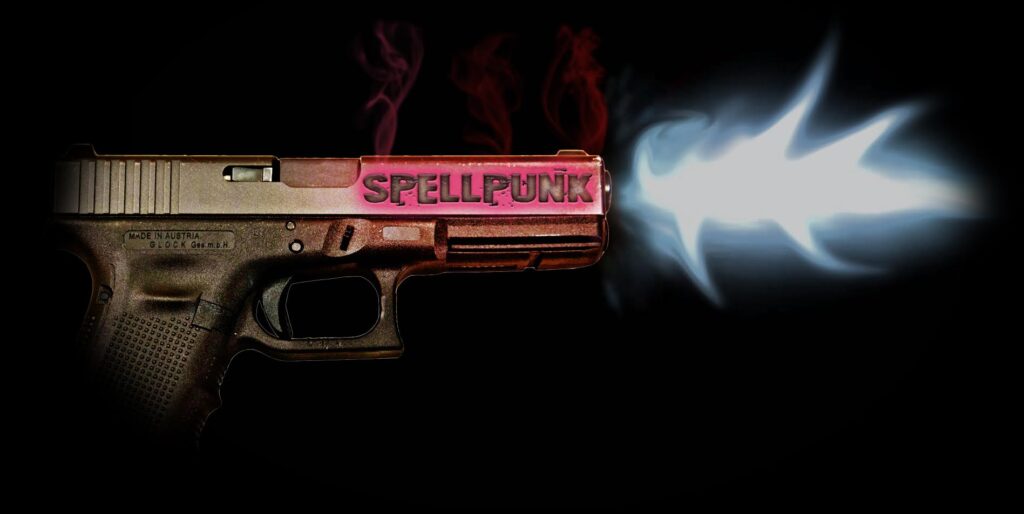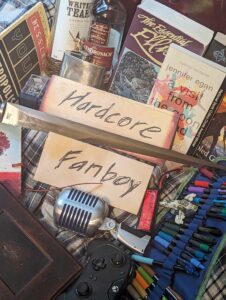Blog Hop About Writing and My Process
My good friend Jennifer Brozek tagged me in this blog hop tour where writers answer a couple of questions about their writing:
1. What am I working on?
2. How does it differ from others of its genre?
3. Why do I write what I do?
4. How does my writing process work?
What am I working on?
I’m finishing up work on the second and third installments of my serialized novel: Dead Weight. It’s a story about the United States going to war against the Unseelie court of faerie from Irish Mythology. I call it a “near-future, dark-urban-fantasy, noir, war-thriller.” The whole story revolves around a group of characters at the center of the Faerie War, leading up to it, during the conflict, and in the aftermath. The second installment, Dead Weight: Paladin, picks up right where the first installment, Dead Weight: The Tombs left off, with a side trip into the past to see some of the first shots of the conflict fired. The third installment, Dead Weight: Seek and Destroy, readers follow a platoon of U.S. Marines as they patrol through Faerie during the war.
How does it differ from others of its genre?
I’m not sure. It’s a disjointed, non-linear narrative, and I don’t think I’ve seen a whole lot of that going on in urban fantasy. I wasn’t necessarily trying to make it “different.” I just like to tell cool stories in interesting ways. For those of you who have read Dead Weight: The Tombs, what do you think? How would you say it differs from other works of Urban Fantasy?
Why do I write what I do?
This may be tied in last place with “Where do you get your ideas” for questions a writer wants to answer. During the blog tour I did for the release of Dead Weight: The Tombs, I did a guest post on Mat Nastos’s blog where I touch on this at length into someone snarking off to me on Reddit. To sum up that blog post and answer the question as to why do I write the things I write: Because it’s cool, I love it, and I want to.
How does my writing process work?
I used to have a more ritualized writing process. Now, with my daughter growing out of being a baby and into being a toddler, I write whenever I have a few moments of piece: nap time, at night after everyone goes to bed, and if I’m really lucky, some evenings I get to sneak away to Starbucks in the afternoon/evening and crank out some word count before dinner time. It has been a challenge to give up the ritual. A lot of writers I know are kind of set in their way about when and how thy write. I used to be, but I’m learning that with a small child, I have to get the writing in where and when I can.
Once I finish the first draft, I look over my notes and make additions/changes I come up with while composing the first draft. I tend to not edit a whole lot in draft one. I lose momentum when I do that, so anything I think of that needs to be added in earlier portions of the work (foreshadowing, cool character bits, details of world building, etc…) gets put in the sidebar for later. As soon as I take care of everything in the side bar, I take everything from Scrivener and put it in a Word Doc. Then I fire off the Word Doc to my editor. I’ve been told that I am NOT allowed to redraft any of my work before my editor gets to see it…NOT EVER. I have this habit of editing out some of the urgency and tension in subsequent drafts of my stories. I may put in some neat new details, but ultimately, I harm more than help the story. I’ve been told that when I think about things too much, I tend to play it safe. When I keep the energy going and just fly headlong toward a goal, I go all-in, balls-to-the-wall, and have no problems taking risks. Once the manuscript comes back with corrections and changes marked, I get to work. Any changes I want to make that my editor hasn’t touched on, I have to get permission, just so that I don’t dull the story down by making it “too safe.”
TAGGED
Alaina Yewing, J.M. Perkins, Christopher Kellen, and J.D. Hallowell. These writers should be answering the four questions within the week.
